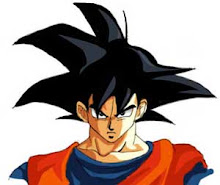
Pes Anserinus: "The anatomic term used to describe the position of the conjoined tendons into the anteriomedial proximal tibia."
From anterior to posterior the pes anserinus is made up of the tendons of the: SARTORIUS, GRACILIS and SEMINTENDONOSUS (S.G.St)
It lies SUPERFICIAL to the the tibial insertion of the MCL (over it)
The SARTORIUS, GRACILIS and SEMITENDONOSUS are all primary FLEXORS of the KNEE, influence MEDIAL ROTATION of the TIBIA and protect rotary and valgus stress.
WHO NORMALLY HAS IT?
- Obese middle aged women
- Patients 50-80 with OA knees (common)
- Young individuals in sporting activities
Usually women (maybe due to broader pelvis > greater angulation of legs at the knees > additional stress placed on these structures)
HOW CAN IT HAPPEN?
- Acute trauma to medial knee
- Athletic overuse
- Chronic mechanical and degeneative processes
TELL-TALE SIGNS...
- Pain over the proximal tibia at the insertion of the conjoined tendons (S.G.St) approx 2-5 cm below the anteriomedial joint margin of the knee
Chronic Variant...
- Local pain in area of bursa, on palpation no pain at joint line (unless other conditions are active)
Sports related variant...
- Pain on resisted internal rotation and flexion of the knee
- Valgus stress may reproduce symptoms (easy to mix up with MCL injury, typically painful tenderness in association with MCL injuries is superior and posterior to the pes anserinus bursa)
- If swelling can be traced more proximally along the pes anserinus tendons, a formal tendinitis may be present and a snapping of the pes anserine tendons can occur
- An exotosis of the tibia has been described in athletes and may contribute to chronic symptoms (exotosis = formation of new bone on the surface of bone)

No comments:
Post a Comment